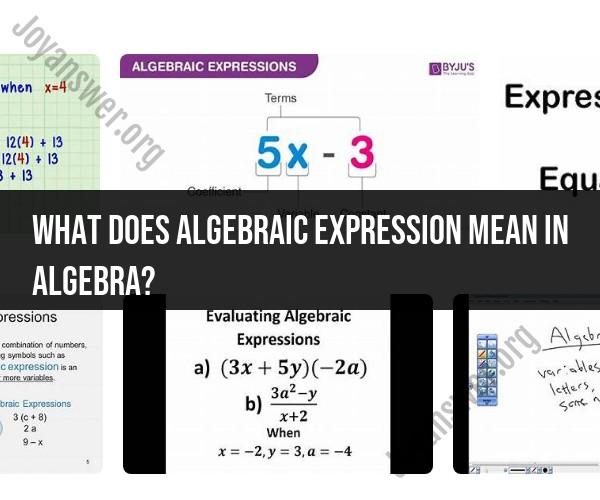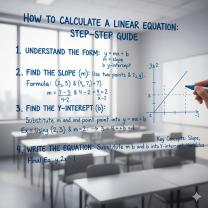What does algebraic expression mean in Algebra?
In algebra, an algebraic expression is a mathematical phrase that contains one or more variables, constants, and mathematical operations such as addition, subtraction, multiplication, division, and exponentiation. These expressions are used to represent mathematical relationships and perform calculations.
Here's a breakdown of the key components of an algebraic expression:
Variables: These are symbols, usually represented by letters like x, y, a, b, etc., that represent unknown or changing quantities. Variables can take on different values.
Constants: These are fixed numbers that do not change in value. Examples include numbers like 2, 5, -3, or π.
Coefficients: These are the numbers multiplied by variables. For example, in the expression 3x, 3 is the coefficient of the variable x.
Mathematical Operations: Expressions can involve various mathematical operations, such as addition (+), subtraction (-), multiplication (* or ·), division (/), and exponentiation (^ or **).
Algebraic expressions can be as simple as a single term, like "2x," or they can be complex with multiple terms, variables, and operations, such as "(3x^2 + 2y - 5)".
These expressions are used in algebra to model real-world problems, solve equations, and perform calculations involving unknown values. Algebraic expressions are a fundamental part of algebra and are used extensively in mathematics and science to describe relationships and make predictions.













